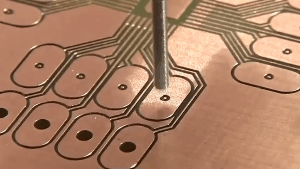
Flex PCB (Flexible Printed Circuit Board) is a type of circuit board that is made of flexible materials such as polyimide, PEEK or PET. These materials can bend or flex, allowing the circuit board to conform to a particular shape or fit into a tight space.
Flex PCBs are commonly used in electronic devices that require a high degree of flexibility, such as wearable devices, medical devices, and aerospace equipment. They are also used in applications where space is at a premium, as they can be folded or bent to fit into small spaces.
Flexibility: As the name suggests, the primary characteristic of a flex PCB is its flexibility. It can bend, twist, and fold to fit into any shape or space, making it ideal for applications that require a high degree of flexibility.
Lightweight and thin: Flex PCBs are usually lightweight and thin, making them perfect for applications where space is limited.
High-density interconnects: Flex PCBs can accommodate a large number of interconnections, making them ideal for complex and dense circuit designs.
Reliable performance: Flex PCBs offer high reliability and performance even when subjected to vibration, shock, or other environmental stressors.
Cost-effective: Flex PCBs are often more cost-effective than traditional rigid PCBs, especially for high-density and complex designs.
Easy to assemble: Flex PCBs can be easily assembled, reducing the overall assembly time and cost.
Design flexibility: Flex PCBs can be designed to fit into a wide range of shapes and sizes, making them an ideal solution for a variety of applications.
Resistance to temperature extremes: Flex PCBs can operate in extreme temperature environments without affecting their performance.
Better signal integrity: Flex PCBs can offer better signal integrity due to the reduced number of connectors and the shorter signal paths.
The choice between rigid and flex PCBs depends on the specific requirements of the application, including the desired level of flexibility, durability, performance, and cost.
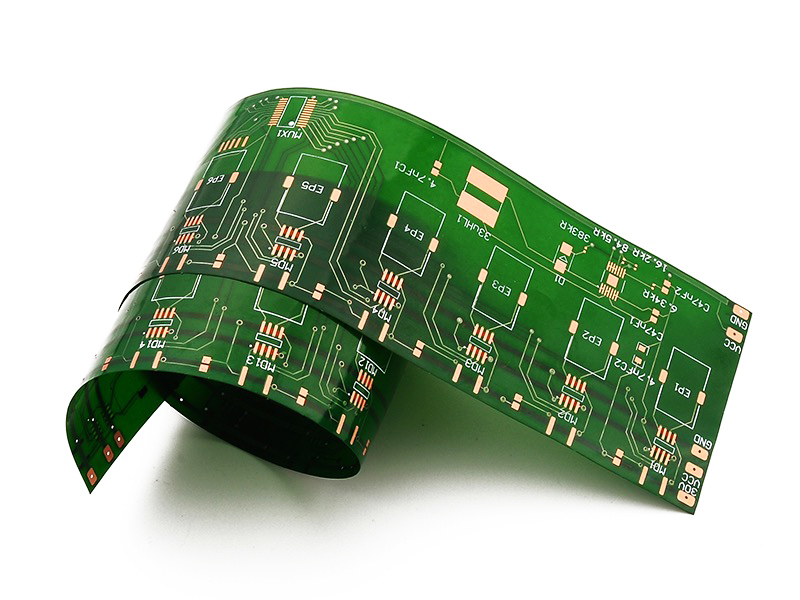
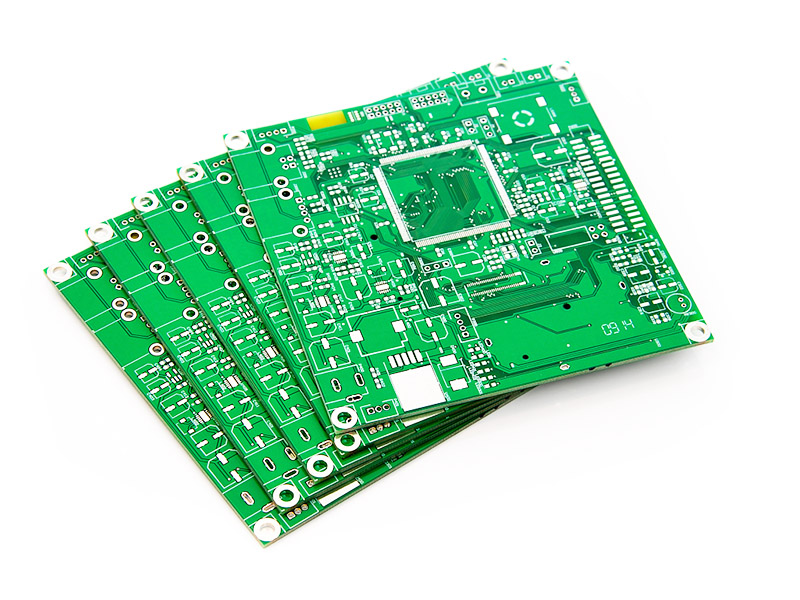
| Items | Flex PCBs | Rigid PCBs |
| Construction | Flex PCBs are made of flexible materials like polyimide or PEEK. | Rigid PCBs are made of solid, inflexible materials such as FR4. |
| Flexibility | Flex PCBs are bendable. | Rigid PCBs are not bendable. |
| Size and Shape | Flex PCBs can be made in custom shapes and sizes for fitting into tight spaces or unconventional designs. | Rigid PCBs are typically square or rectangular in shape. |
| Durability | Flex PCBs can be more susceptible to wear and tear. | Rigid PCBs are too hard to wear and tear. |
| Cost | Flex PCBs tend to be more expensive for it’s manufacturing process and the use of flexible materials. | Rigid PCBs are usually less expensive than flex PCBs, especially for low-volume production runs. |
| Assembly | Flex PCBs can be more difficult to assemble due to their flexibility. | Rigid PCBs are easier to handle and assemble. |
| Application | Flex PCBs are commonly used in applications that require high flexibility and compact size, such as medical devices, aerospace equipment, and mobile devices. | Rigid PCBs are often used in applications that require high durability and reliability, such as industrial equipment, automotive systems, and consumer electronics. |
Consumer electronics: Flex PCBs are commonly used in consumer electronic devices such as smartphones, tablets, and wearables due to their compact size and ability to conform to the device’s shape.
Automotive industry: Flex PCBs are used in the automotive industry for applications such as dashboard electronics, audio systems, and GPS navigation systems.
Medical devices: Flex PCBs are used in various medical devices, including pacemakers, defibrillators, and diagnostic equipment, due to their ability to be bent or shaped to fit the required form factor.
Aerospace and defense: Flex PCBs are used in aerospace and defense applications, including communication systems, navigation systems, and avionics.
Industrial equipment: Flex PCBs are used in industrial equipment, such as sensors and control systems, due to their durability and ability to withstand harsh environments.
LED lighting: Flex PCBs are used in LED lighting systems due to their ability to be bent or shaped to fit the desired lighting configuration.

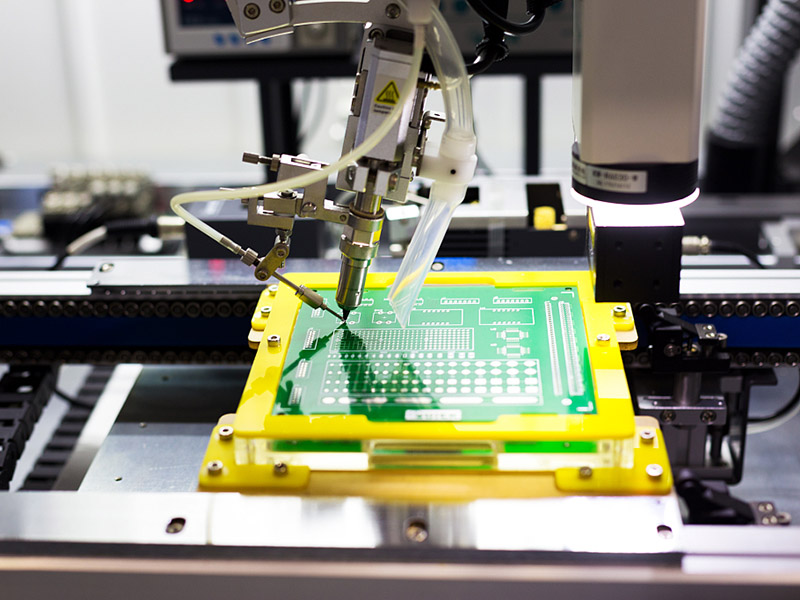

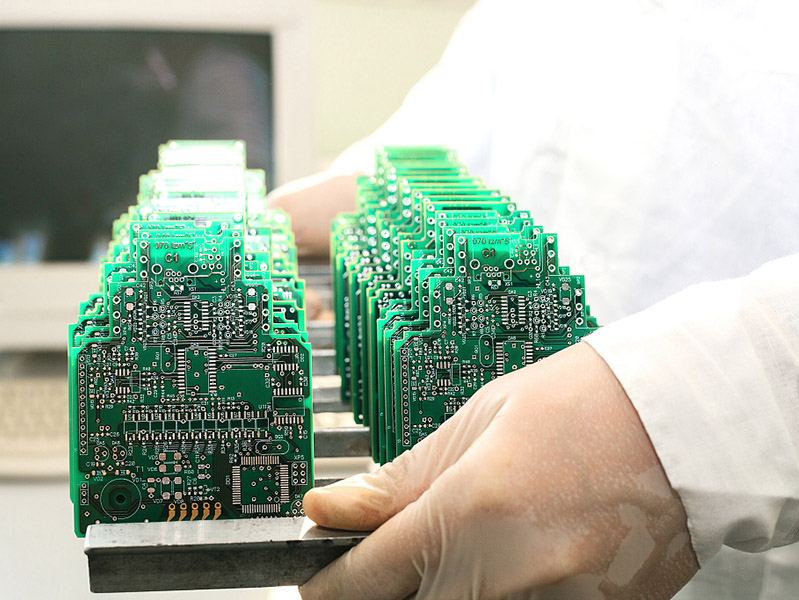
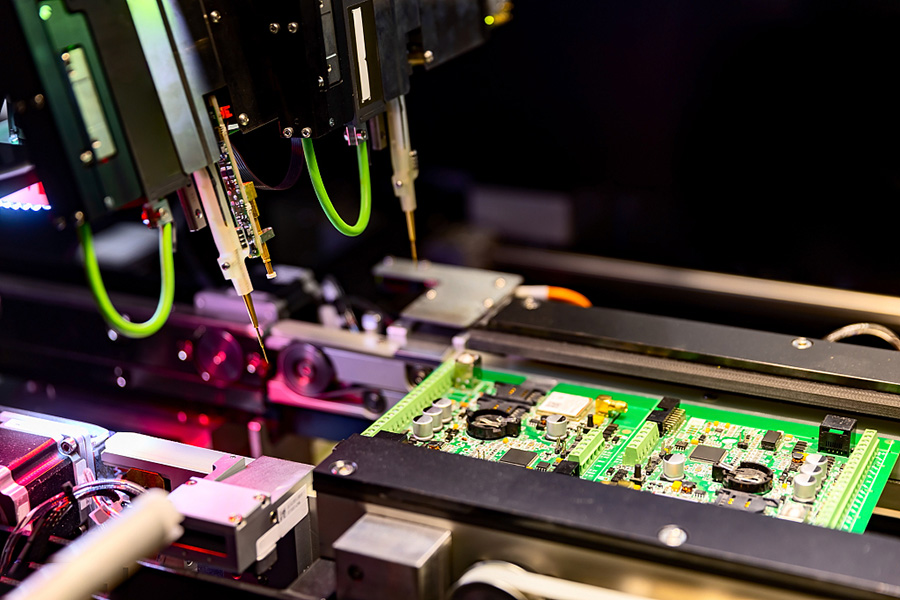
Get a factory directly price quote with 24 hours.
Pls input your email address correctly!
Make sure your name and email is right.